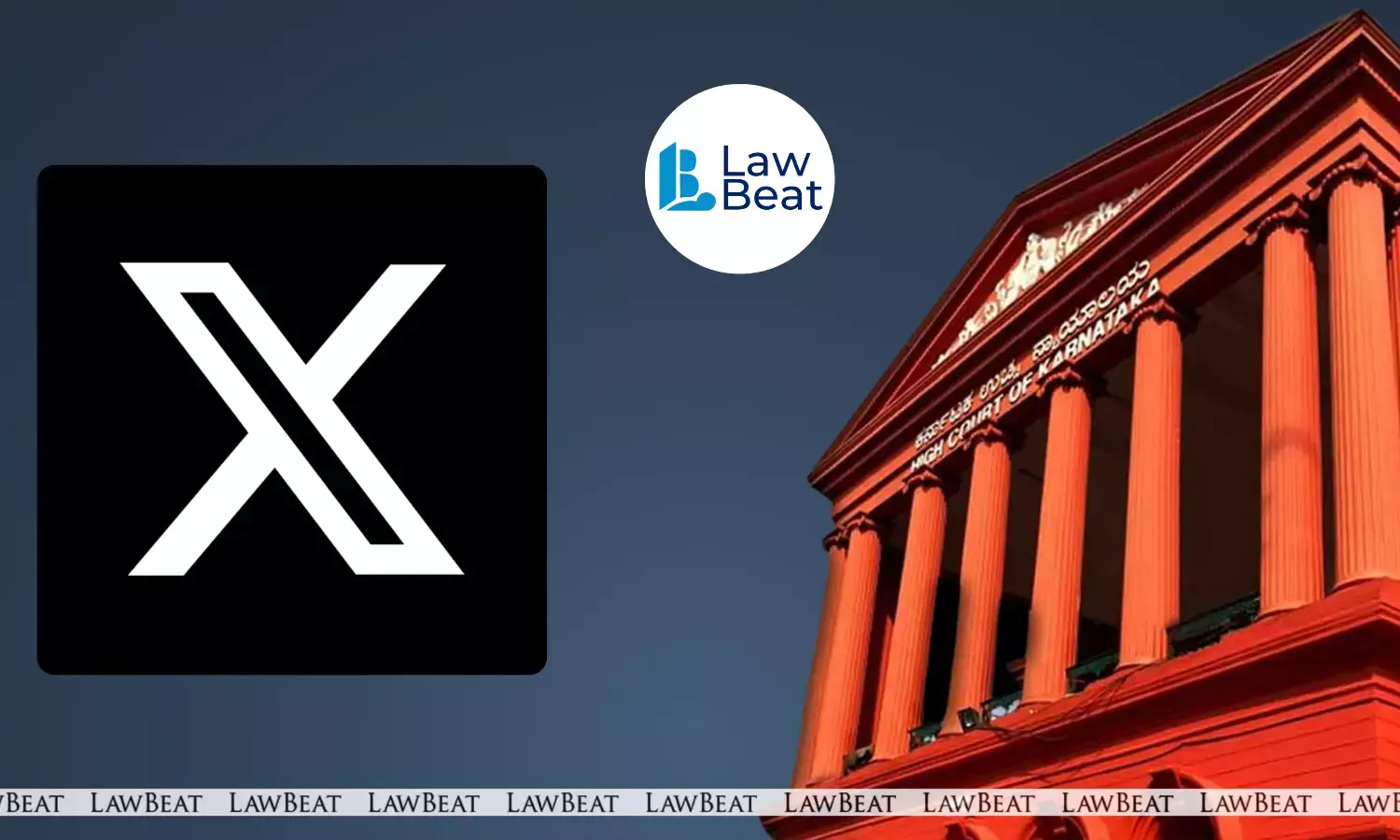"Sahyog Portal Is a Wolf in Lamb’s Clothing": X Corp to Karnataka HC

The Karnataka High Court on Friday, July 25, 2025, resumed hearing in X Corp’s (formerly Twitter) challenge to the central government’s content takedown directions issued through the Sahyog portal. Senior Advocate K.G. Raghavan, appearing for X Corp, made rejoinder submissions before the bench of Justice M. Nagaprasanna, asserting that the portal enables arbitrary censorship under the garb of "advisory" notices.
Raghavan argued that Section 79(3)(b) of the Information Technology (IT) Act, invoked by the government to justify Sahyog, was never intended to be an empowering provision. “It’s merely an exemption clause. The Supreme Court in Shreya Singhal upheld Section 69A with procedural safeguards but read down Section 79 only to protect it frombeing declared uncontitutional ,” he submitted.
He pointed out that the government, in its own submissions, described compliance under Section 79(3)(b) and Rule 3(1)(d) of the IT Rules as obligatory/mandatory, contradicting its courtroom claim that Sahyog notices are only advisory. “You can’t say on one hand that the portal deals with extraordinary situations outside Section 69A, and on the other that it’s merely advisory. That’s inherently contradictory,” he said.
Challenging the constitutional validity of Sahyog, Raghavan likened it to “a wolf in lamb’s clothing,” warning that the platform enables a chilling effect on free speech. “Fear psychosis is the real chilling effect, where everyone is afraid to speak,” he stated.
Raghavan further contended that the government's executive officers, of which there are thousands, cannot be empowered to decide whether an intermediary loses its statutory protection under Section 79(1). “Such determinations must be judicial, not arbitrary as is given by the law,” he emphasized.
He urged the court to harmoniously construe Section 79, questioning: “If 79 is an all-encompassing takedown power, then why does 69A exist?”
The hearing will resume at 4:30 PM today.
On July 18, Solicitor General Tushar Mehta, representing the Union government, argued that the portal is merely an administrative mechanism and does not violate constitutional rights, especially as X Corp, being a foreign entity, is not entitled to invoke protections under Article 19(1)(a) of the Indian Constitution.
He also criticized the platform for selective compliance. “Across the world, they comply with local laws. But in India, they object to even a non-binding mechanism like Sahyog. All other intermediaries have joined the portal, only X Corp has refused,” he submitted.
Earlier, he had argued that the contingencies under Rule 3(1)(d) of the IT Rules do not result in the take down of the content only. It only results in the government intimating the social media intermediary that a particular content is illegal, and they have the choice to continue with it or face the competent court.
The matter involves X Corp (formerly Twitter) contesting the legality of the government’s content removal directives and the use of the Sahyog portal under Section 79(3)(b) of the IT Act. The social media company has argued that the portal allows arbitrary censorship and bypasses the safeguards laid down under Section 69A and the Supreme Court’s ruling in Shreya Singhal v. Union of India.
The bench of Justice M. Nagaprasanna is hearing the case. The petitioner has been supported by Digipub, a collective of 92 media organisations, which has raised concerns over transparency and the impact on journalistic freedom.
Case Title: X Corp vs UOI
Hearing date: July 25, 2025
Bench: Justice M. Nagaprasanna
